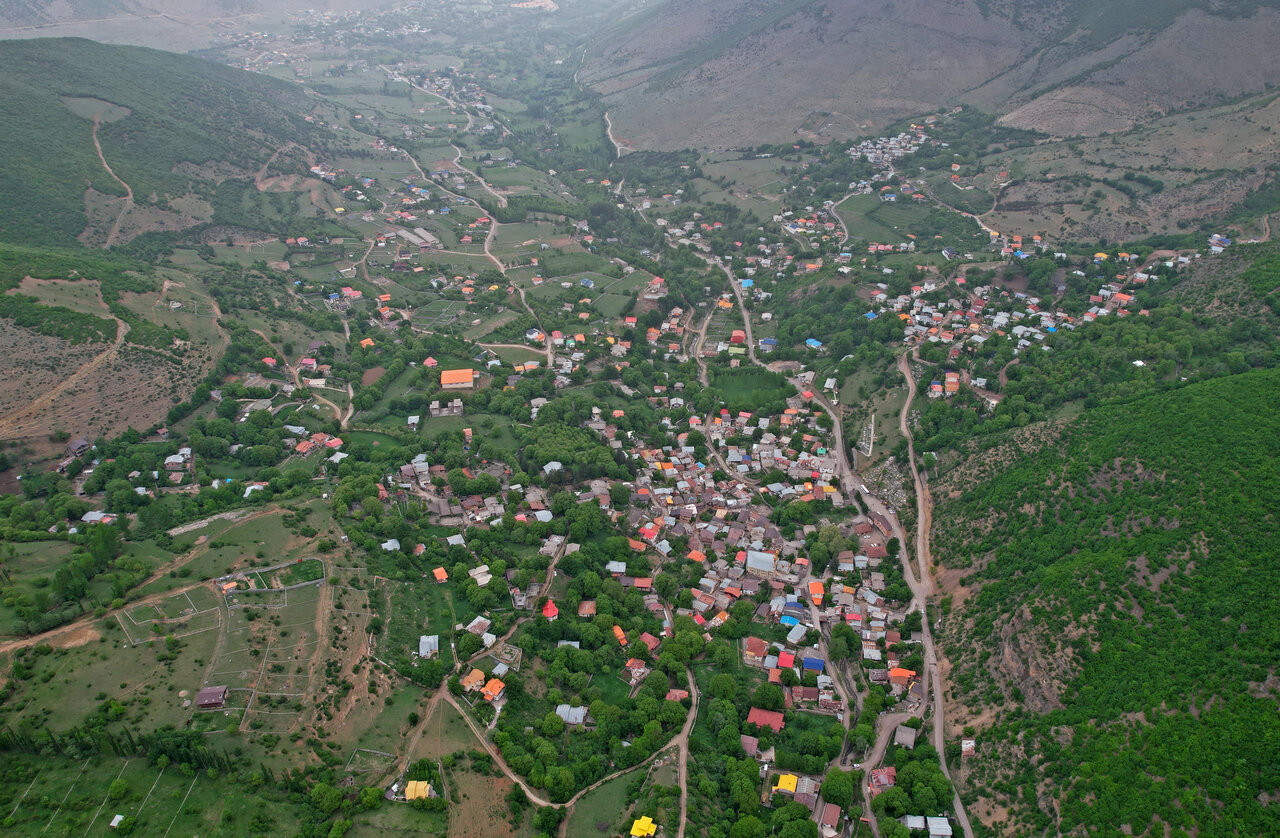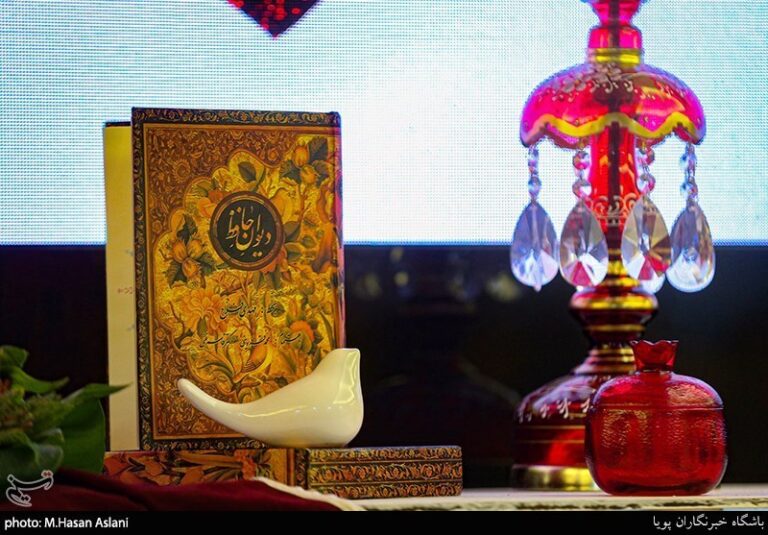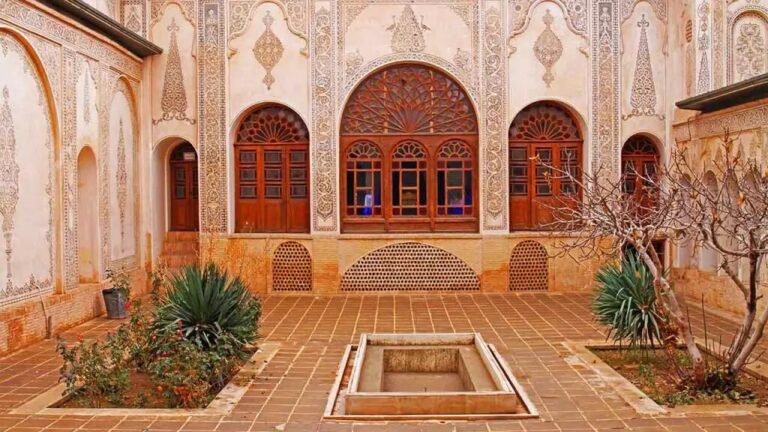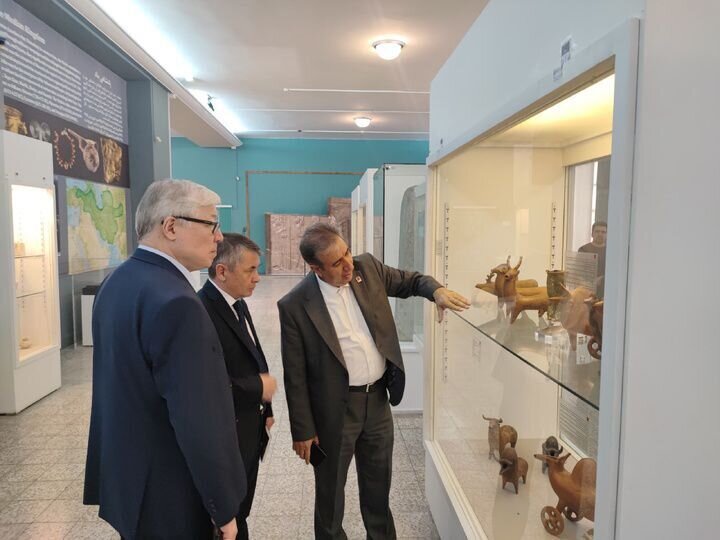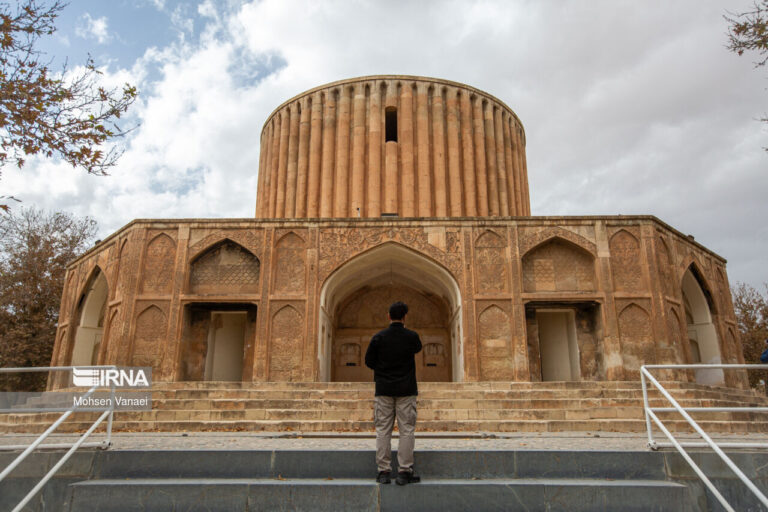Embracing Heritage and Innovation: Kandelous Paves the Way for Sustainable Tourism
Kandelous, a picturesque village nestled in Iran’s Alborz mountain range, is gaining recognition for its commitment to sustainable tourism and cultural preservation. Located just 35 kilometers from the stunning Caspian Sea, this ancient village embodies tradition, tranquility, and natural beauty. Recently nominated for the UN Tourism’s Best Tourism Villages label, Kandelous stands out as a model of cultural richness, environmental stewardship, and inclusive development.
This article delves into the compelling reasons why Kandelous deserves this prestigious recognition.
A Village Steeped in Cultural Heritage
Kandelous boasts a rich historical background, dating back to prehistoric times. As one of the oldest continuously inhabited villages in northern Iran, its remarkable urban landscape, including preserved alleyways and traditional architectural styles, reflects a community that honors its past.
The village retains the original names of its old lanes, which are still in use today, displayed on hand-painted signs that serve as reminders of Kandelous’s linguistic and social continuity. In addition to its tangible heritage, the village is also rich in intangible culture.
- Folklore: One notable oral tradition is the legend of Mina and the Panther, a captivating tale passed down through generations.
- Festivals: Kandelous hosts traditional festivals that celebrate its vibrant culture.
- Handicrafts: Artisans produce unique handicrafts that reflect local history and skills.
- Herbal Medicine: Villagers practice traditional herbal medicine, showcasing their deep knowledge of local flora.
A Living Museum of Rural Life
At the heart of Kandelous lies its remarkable rural museum, one of the oldest in West Asia. This museum houses over 8,300 artifacts, including items from the first millennium BC, making it a treasure trove of anthropology and ethnography.
The exhibits range from ancient pottery and agricultural tools to household items and ritualistic objects, offering a comprehensive overview of rural life in Iran.
Moreover, the museum features photographs and memorabilia from foreign dignitaries and ambassadors who have visited Kandelous, highlighting its growing reputation as a cultural destination. This blend of local pride and international visibility enhances its profile as a globally relevant site.
Revitalizing Tradition through Sustainability
Kandelous is not merely a relic of the past; it is an evolving community with a vision for sustainable economic development. A key component of this is the village’s cultivation of medicinal herbs, which has become a viable economic activity. Local families grow, harvest, and process herbs, marrying traditional knowledge with modern packaging and distribution techniques.
Additionally, workshops for producing traditional organic goods, including handicrafts, soaps, and herbal oils, serve both local markets and tourists. These initiatives not only bolster household incomes but also help preserve artisanal skills and promote circular economies.
The village has also implemented training programs for locals, particularly women and youth, focusing on entrepreneurship, marketing, and sustainable farming techniques. Efforts to improve water management, reduce single-use plastics, and protect local biodiversity demonstrate Kandelous’s commitment to environmental stewardship—an essential criterion for the UN recognition.
Empowering Local Communities and Women
A standout feature of Kandelous is the active participation of women in both cultural and economic spheres. Women are involved in:
- Training for various jobs
- Managing guesthouses and local businesses
- Participating in medicinal plant cultivation
- Engaging in cultural performances
This involvement underscores their vital role in sustaining village life, reminiscent of their historical contributions. Furthermore, the village benefits from a proactive local administration that has invested in healthcare, tourism infrastructure, and education, ensuring that the benefits of tourism are equitably distributed.
Improvements in tourism safety, sanitation, and accessibility have significantly enhanced the visitor experience while maintaining a balance with local life.
Culinary Delights and Visitor Experience
Food in Kandelous serves as a powerful expression of culture, with local gastronomy flourishing. Visitors have the opportunity to savor traditional Mazandarani cuisine, prepared from locally-sourced, seasonal ingredients. Village homes and eco-lodges offer dishes that highlight the region’s agricultural bounty, often accompanied by storytelling, music, and craft demonstrations.
A villager emphasized the importance of visitor satisfaction, stating: “It is important for us that visitors routinely express high satisfaction, feel a uniqueness of the cultural experience, the beauty of the natural surroundings, and the warmth of our hospitality.”
Conclusion
Kandelous is more than just a scenic mountain village; it is a living testament to the harmony of culture, nature, and sustainability. Its nomination for the UN Tourism’s Best Tourism Villages label is not only fitting but long overdue. By preserving its rich traditions while embracing progressive environmental and economic policies, Kandelous exemplifies the values central to responsible rural tourism. In a world where authenticity is increasingly rare, Kandelous offers a unique experience that honors its past while preparing for a resilient future.
